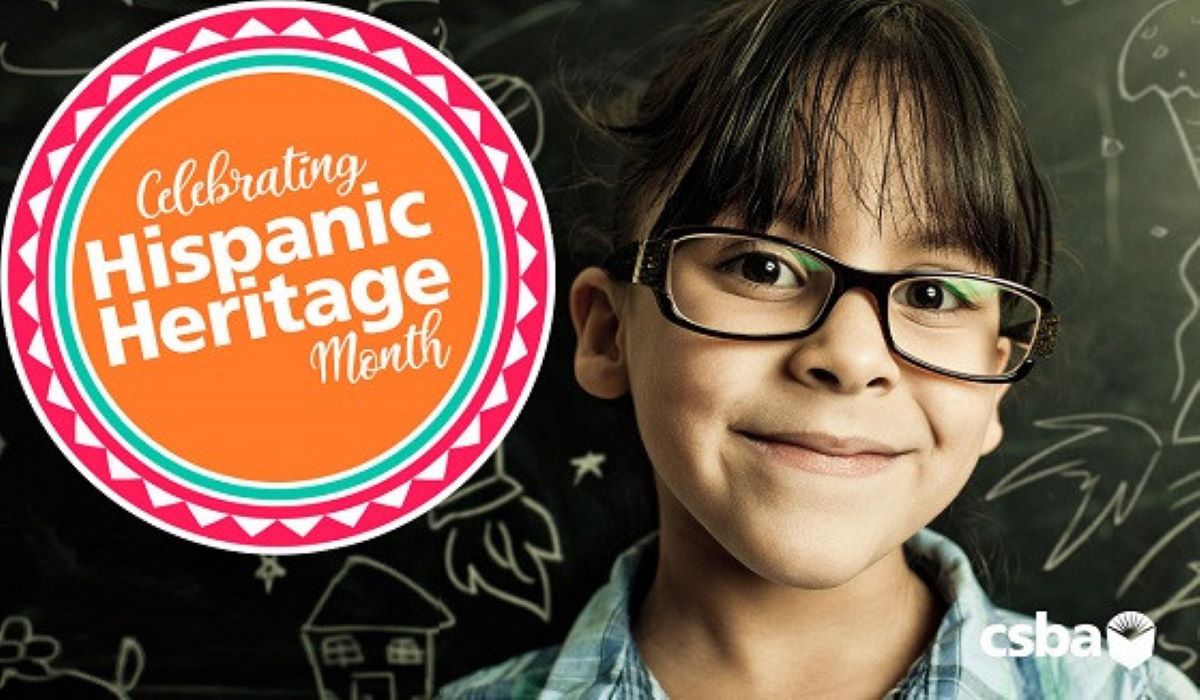UCLA’s Center for the Transformation of Schools (the Center) in early April hosted the webinar, “Equity-Oriented Restorative Justice Tools for Schools,” which aimed to show how restorative justice practices can change the relationship students have with their school community while addressing racial disparities in disciplinary practices. Resources, including a library of restorative justice tools for local educational agencies, were also shared.
Restorative justice practices can help educators increase equity and are most impactful when implemented as part of schoolwide efforts to align with the California Multi-Tiered System of Support (MTSS) Framework, explained Timea Farkas, interim research director of California MTSS at the Center.
“We know from extensive research evidence that exclusionary discipline practices such as suspensions can lead to negative student outcomes in both academic and behavioral domains,” Farkas said. “Such disciplinary responses remove students from the classroom and exclude them from opportunities to learn, yet exclusionary discipline is still a common school response to student behavior. Exclusionary responses are also used disproportionately with Black and American Indian students compared to their white and Asian counterparts.”
In 2018–19 in California, for example, Black students made up 5 percent of K-12 students but 14 percent of all suspended students. American Indian students made up 0.5 percent of the state’s enrollment but more than 1 percent of its suspended students. By contrast, white students accounted for 23 percent of enrollment and 19 percent of student suspensions.
Restorative justice resource library
The Equity-Oriented Restorative Justice Resource Library, created through the Center’s CA MTSS Research Consortium, was organized in alignment with the MTSS Framework. It’s comprises three key pieces: implementation domains, type of material and primary audience.
Within the implementation domains section, the library reflects different tiers of the schoolwide implementation tool from CA MTSS. Domains include vision for readiness, identity, approaches to learning, and structures.
The materials section is organized into four topics:
- Resource: Presents background information, a case study, ideas and/or concepts
- Strategy: Outlines overarching questions, steps and/or agendas to guide planning or implementation
- Tool: Describes best practices, worksheets or surveys to use for planning or implementation
- Activity: Includes exercises, lesson plans or training agendas
Primary audiences are broken down by groups such as administration, teachers, students and parents.
Nicolette Tiberio Morales, an educator and restorative justice coordinator at Los Angeles Unified School District’s Roosevelt High School, gave examples of how restorative justice practices have been integrated on campus.
In addition to having a culture team working to maintain a “climate of care,” and conducting professional development on topics like the intersectionality of identity and the impact that pronouns can have on a learning space, the school has the Teach Me Your Name campaign. The campuswide event celebrates students’ names. “This was a cultural shift that began as an invitation to not only learn about our students’ multiple identities, but also to evolve into a cultural practice to live into the value of relationships,” Tiberio Morales, also a California MTSS design team member, said.
They also build classroom agreements that honor student voices and further relationship-building. “In a disciplinary school, we might see classroom rules; in a restorative school, we would see agreements,” Tiberio Morales added.
A recording of the webinar and the webinar slides are available online.





